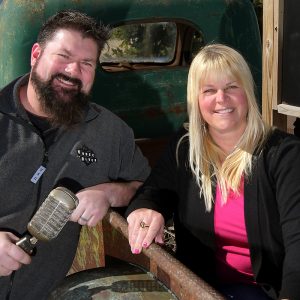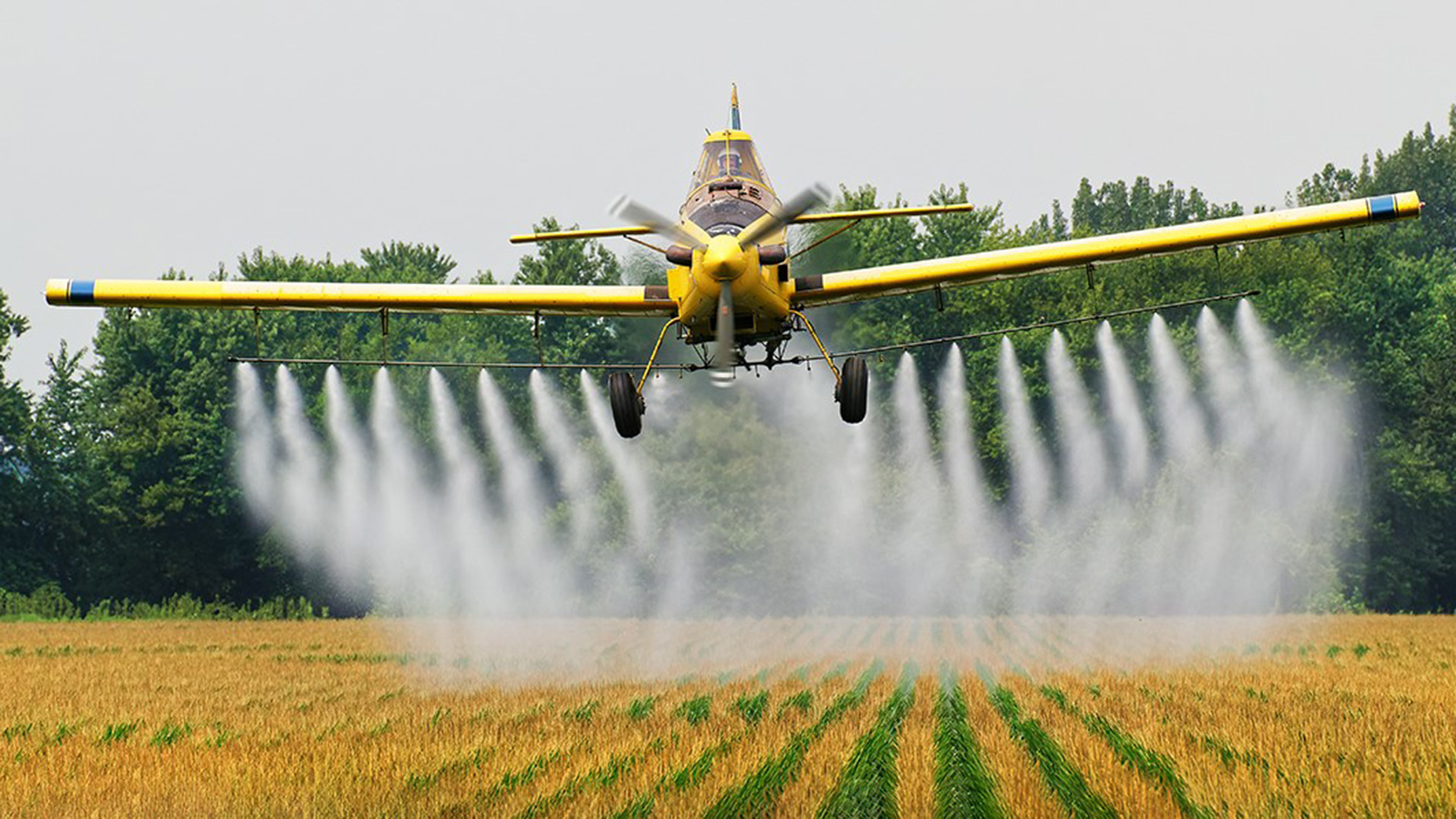Farmers have had a busy spring. Farmers are front and center working the ground, planting, spraying and caring for their crops this time of year. With a flurry of activity always comes a flurry of questions from people outside of agriculture. Here are a few of the most commonly asked and our answers to them:
Q: I just moved into a neighborhood surrounded by corn fields. Can I eat the corn that grows right behind my house?
A: This is one of the most common questions we get. As people drive along the interstate and see the thousands of acres of corn, they assume it’s sweet corn meant for human consumption. While there are some fields of sweet corn — sweet corn is much shorter — most of what you see is corn being grown for feeding animals raised for meat, as well as corn used in making the ethanol used in fuel.
Yes, it is safe to eat, but remember, it’s not yours. Just like you wouldn’t want that farmer to come into your yard and take an apple off your tree and eat it, don’t go into a field you don’t own without permission.
Q: I keep hearing about all the new technology farmers use on their farms. Is it true that tractors can drive themselves?
A: It is true that the technology is here and that a tractor can drive itself, but we are a ways off in terms of affordability and practicality in making that a reality on every large farming operation. We do, however, use auto steer, which allows us to use satellite technology to perfectly line up our rows when planting and harvesting a crop.
The tractor can steer itself through the field, but we usually turn the tractor manually at the end of the row. There also are dozens of problems that can occur when planting, harvesting or spraying and a real, human farmer needs to see and address these problems … for now!
Q: I just learned about the Dust Bowl in school. What has changed since then and could this happen again?
A: Just like every industry, farming has been a learning process and we find better ways of doing things over time. Before the use of herbicides (spray that kills weeds), one of the best practices for weed control in tillage was plowing. This process would completely overturn the soil, but its overuse left the soil exposed to erosion. High winds often would carry away valuable topsoil because there was no organic matter keeping the soil in place. Heavy rains also washed topsoil right out of the field and down a creek or river.
Before the use of herbicides, one of the best practices for weed control was plowing
Today farmers engage in limited tillage and sometimes none, planting right into last year’s corn or soybean stubble. This makes those old Dust Bowl days less likely.
Q: I used to be able to order parts and make repairs on my car myself but anymore I have to take it in to a dealership and plug it in to a computer to find out what’s wrong. I keep hearing about “the right to repair.” Can you fix your own tractors or is it too complicated?
A: Similar to your car, farmers can repair most things on their tractors, but when it comes to the electronics, we often need to take it to a dealer to be diagnosed.
Q: I keep hearing that farmers only make up 1% of the population. Are most farms owned by big corporations or families?
A: We get this question a lot. Today, 97% of farms are owned by families. In fact, since the pandemic we are seeing a growing sector of the population becoming first-generation farmers. Many have taken an interest in the process of what it takes to grow food, what happens when there are breakdowns in the supply chain, and how to be more sustainable.
Sparking an interest in how we grow food is fantastic because it has really opened the eyes of the general public to how much work it takes to grow food and how blessed we are that our food is safe and incredibly affordable. Anyone who is trying to grow a garden this year for the first time or raise animals for food realizes the importance of controlling weeds, timely spraying, meeting the basic needs of their animals, keeping them healthy, and how much time goes into their care.
We often interview first-generation farmers on our daily Sirius XM show “SharkFarmer” on Channel 147 at 3 p.m. CST. We find they have an unfiltered way of looking at their business.
Q: I saw a yellow plane dive out of the sky and spray very low right over the top of a field of what looked like soybeans as I was driving on the interstate recently. What they’re spraying worries me. Is it safe?
A: Yes, it is safe. What you saw was called aerial application. Back in the day, it was called crop dusting. It is a useful way for farmers to spray crops in a timely manner. In central Illinois, most of the time the planes are spraying fungicide or insecticide, which is safer than using Desenex for foot fungus or Nix for headlice. (Please see Rob’s WTVP A Shot of Ag interview with Harley Curless, Season 2, Episode 26.)





